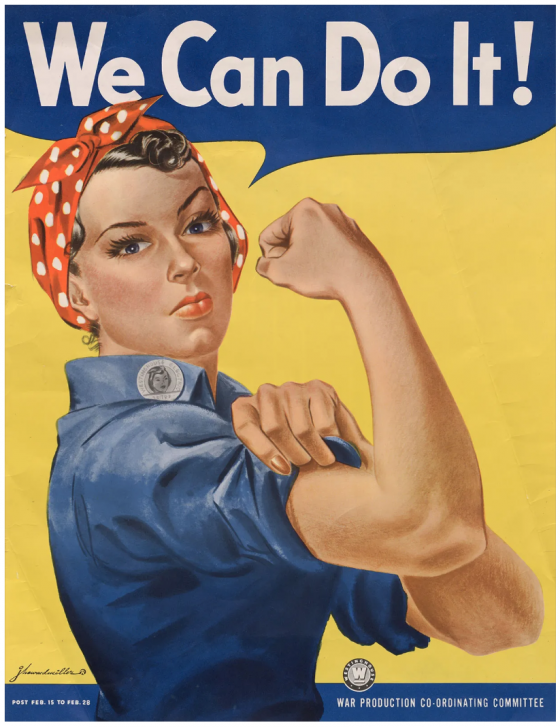
People who are happy are able to turn even routine tasks into play. Or perhaps it is the other way around — people who can to turn routine tasks into play are generally happier. We know that people who manage to turn repetitive and tedious tasks — like working on an assembly line in a factory — into a game, manage to thrive as compared to those who see only boredom and frustration. People can engage with any task by gamifying it. Yes, that’s why that word gets thrown around a lot — a design constrain that aims to turn monotony into a fun activity. The problem with gamifying is the nature of a play — what makes a game fun for one person might not work for another. For me, creative writing is a play of the mind, but it is probably a punishment for others. As they say, “it’s nice to have written, but it sucks to write.” But when I write, I’m free. It’s the most exquisite of games for me. In life, there are tasks we have to do and those we get lucky to do. My grandmother cooked dinner for our family for decades, as…


